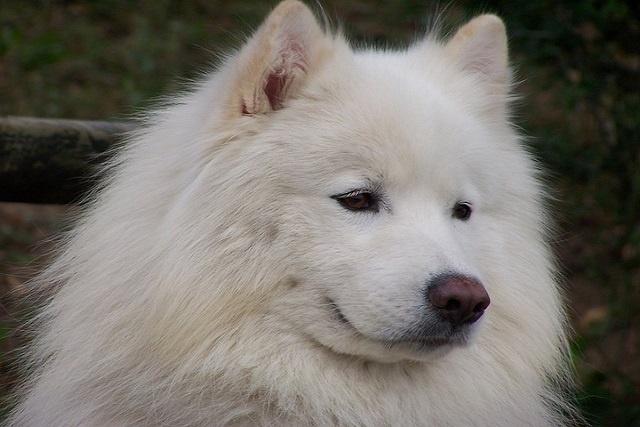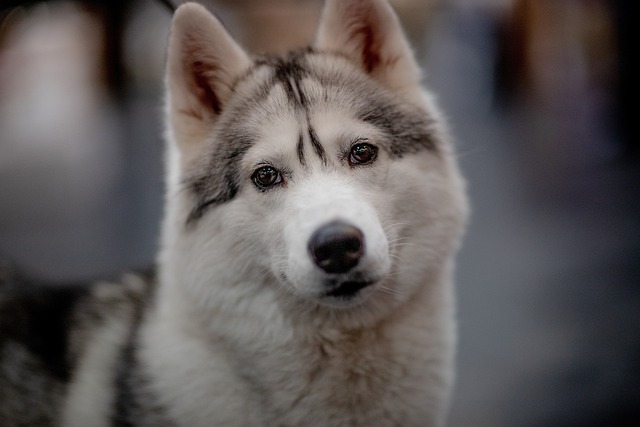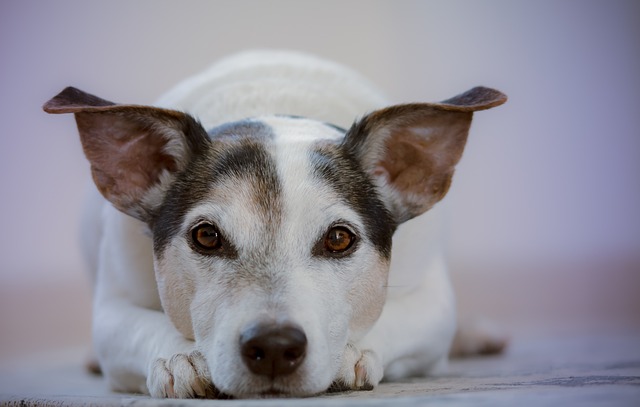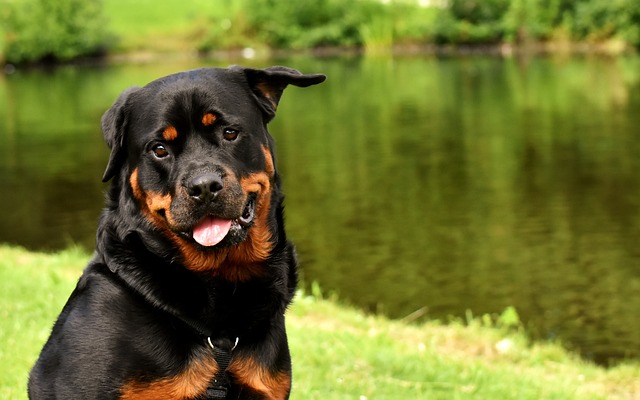
what will seizures do to a dog
Watching your dog experience a seizure is a heart - wrenching sight for any pet owner in the U.S. As a new dog parent, you may be left wondering: What will seizures do to a dog?
If a dog at home develops tear stains, it not only affects its appearance but may also be a sign of potential health problems. When we see those two obvious tear stains under the eyes of our beloved furry friend, our hearts are surely filled with distress and worry. Don't worry. Today, let's delve into the causes of dog tear stains and effective removal methods to help our dogs regain their former adorable looks.
I. Unveiling the Mystery of Dog Tear Stains
Tear stains are brownish marks formed by the long-term accumulation of tear fluid secreted from the corners of a dog's eyes. This fluid fails to be drained properly and oxidizes over time. Under normal circumstances, a dog's tears flow into the nasal cavity through the nasolacrimal duct, which helps clean and moisten the eyes. However, if the tear secretion is excessive or the nasolacrimal duct is blocked, the tears will overflow from the eye sockets, wet the fur, and gradually form tear stains over time.
(1) Dietary Factors
Food that is too salty or high in oil content is one of the common causes of dog tear stains. Dogs require much less salt than humans. Long-term consumption of high-salt foods can increase the burden on their kidneys, lead to endocrine disorders, and thus increase tear secretion. In addition, certain components in food may cause allergies in dogs, which can also stimulate the lacrimal glands to secrete more tears. For example, some dogs may be allergic to grains such as corn and wheat. After eating dog food containing these ingredients, they are more likely to experience aggravated tear stains.
(2) Eye Diseases
Eye infections, conjunctivitis, keratitis and other eye diseases can make a dog's eyes uncomfortable and cause frequent tearing, thereby forming tear stains. Bacterial or viral infections, or foreign objects entering the eyes, can all trigger eye diseases. For instance, when a dog is playing, dust, hair and other foreign objects may enter its eyes. If not cleaned in time, it may lead to an infection.
(3) Breed Characteristics
Some short-nosed dog breeds, such as pugs, Pekingese, and Pomeranians, are more prone to tear stain problems due to their special facial structures. Their nasolacrimal ducts are curved and narrow, making it difficult for tears to drain smoothly. Their relatively prominent eyeballs are also more easily irritated by the outside world, resulting in increased tear secretion.

(4) Other Factors
Systemic diseases such as ear mite infections and respiratory diseases can also affect the normal function of the nasolacrimal duct and lead to the formation of tear stains. In addition, allergens in the environment, such as dust, smoke, and pollen, can irritate a dog's eyes and increase tear secretion.
II. Practical Strategies for Removing Dog Tear Stains
After understanding the causes of tear stains, let's share some effective methods for removing them.
(1) Adjust the Diet Structure
Choose high-quality dog food that is low in salt, low in oil, and nutritionally balanced for your dog, and avoid feeding it human food. You can select prescription dog food specifically designed for tear stain problems. This kind of dog food usually contains rich vitamins and minerals, which can help improve the tear stain issue. At the same time, make sure that the dog can always have access to clean drinking water. Sufficient water intake helps promote metabolism and reduce tear secretion. Additionally, regularly feed your dog some fruits and vegetables, such as carrots, apples, and broccoli, to supplement vitamins and fiber and enhance the dog's immunity.
(2) Do a Good Job in Eye Cleaning
Gently wipe around the dog's eyes with a clean wet cotton ball or soft tissue every day to remove eye discharge and tear stains. Be careful to be gentle when wiping to avoid damaging the dog's eyes. You can also use pet-specific eye cleaning solutions and clean according to the instructions. The cleaning solution can effectively remove dirt and bacteria around the eyes and keep the eyes clean and hygienic. Moreover, regularly trim the hair around the dog's eyes to prevent the hair from irritating the eyes and causing increased tear secretion.
(3) Treat Eye Diseases
If a dog's tear stains are caused by eye diseases, it is crucial to take it to a pet hospital for treatment in a timely manner. The veterinarian will conduct an eye examination and diagnosis based on the specific situation of the dog and prescribe corresponding medications for treatment. During the treatment process, strictly follow the doctor's advice to administer the medicine to the dog. Do not arbitrarily increase or decrease the dosage or stop the medicine. At the same time, pay attention to observing the recovery of the dog's eyes and seek medical attention promptly if there are any abnormalities.
(4) Deal with Systemic Diseases
If a dog's tear stains are caused by systemic diseases, such as ear mite infections and respiratory diseases, it is also necessary to treat the primary disease in a timely manner. Only by curing the primary disease can the tear stain problem be fundamentally solved. During the treatment process, follow the veterinarian's suggestions to take good care of the dog and help it recover health as soon as possible.
(5) Improve the Living Environment
Keep the dog's living environment clean and hygienic. Regularly clean the room and remove dust and hair. Avoid letting the dog come into contact with allergens such as smoke and pollen to reduce eye irritation. You can use an air purifier indoors to improve air quality. In addition, provide the dog with a quiet and comfortable living space to avoid scaring it and causing stress, as emotional tension may also lead to increased tear secretion.
III. Warm Tips
Removing dog tear stains is a process that requires patience and carefulness. It cannot be achieved overnight. During this process, we should give the dog enough love and care and pay close attention to its physical condition and emotional changes. If the tear stain problem still has not improved after trying various methods, or if the dog shows abnormal symptoms such as red and swollen eyes, pain, and increased secretions, be sure to take it to a pet hospital for treatment in time and seek the help of a professional veterinarian.
Dogs are our most loyal companions, and their health and happiness are our greatest wishes. Let's work together to help dogs get rid of tear stains, so that they can regain their bright and clear eyes and continue to accompany us through wonderful times.

Watching your dog experience a seizure is a heart - wrenching sight for any pet owner in the U.S. As a new dog parent, you may be left wondering: What will seizures do to a dog?

Picture your Beagle, Charlie, suddenly collapsing in your New York apartment kitchen. His legs paddle wildly, jaw chomping at the air, eyes glazed—terrifying, helpless, and utterly disorienting.

Discovering your dog injured is a heart - stopping moment. Panic might set in, but your calm actions in these crucial moments can make all the difference, both for your pet’s well - being and in complying with animal welfare regulations.

You’ve just noticed your dog showing concerning symptoms like a swollen belly, restlessness, and unproductive vomiting. Panic sets in as you wonder: how long can dogs survive with GDV?

You’ve welcomed a new dog into your home, and as you watch them shy away from visitors or cower at the sight of a friendly face on a walk

For many dog owners, skipping nail trims might seem like a harmless oversight, but it can snowball into serious issues—both for your pet’s health and your legal responsibilities.